The Roberts Court And Religious Freedom: A Shifting Landscape Of Church And State
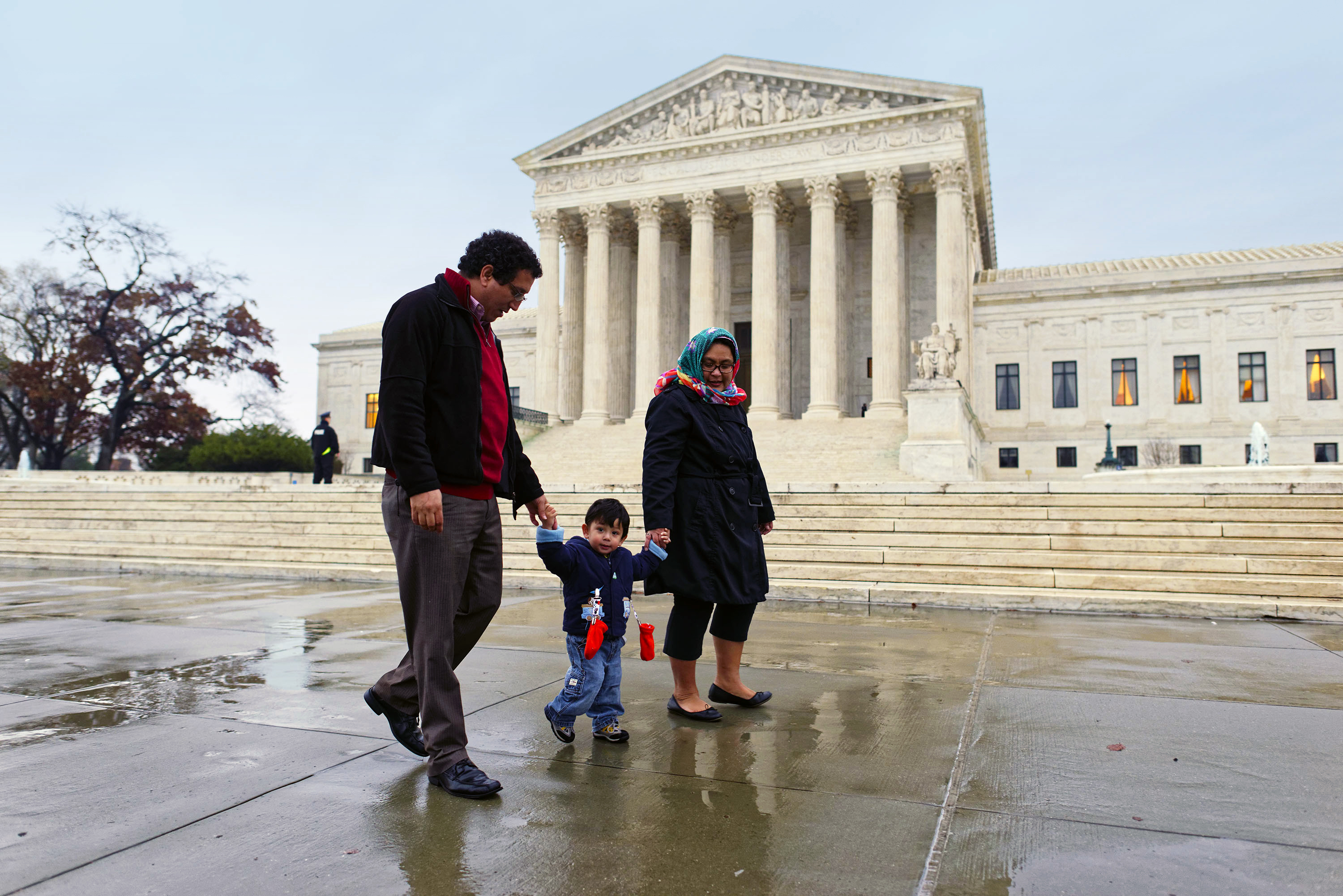
Table of Contents
H2: Landmark Cases Shaping Religious Freedom Under the Roberts Court
The Roberts Court, under Chief Justice John Roberts, has overseen several pivotal cases that have profoundly impacted the legal landscape of religious freedom. These rulings have not only interpreted existing laws but have also shaped the ongoing dialogue on the balance between religious exercise and other constitutional rights.
-
Burwell v. Hobby Lobby Stores, Inc. (2014): This case involved the Affordable Care Act's contraception mandate. The Court ruled that closely held for-profit corporations could claim religious exemptions from the mandate, based on the Religious Freedom Restoration Act (RFRA). This decision significantly expanded the scope of religious exemptions for businesses. Dissenting justices argued that the ruling created a dangerous precedent, potentially allowing businesses to discriminate against employees based on religious beliefs.
-
Masterpiece Cakeshop, Ltd. v. Colorado Civil Rights Commission (2018): This case centered on a baker who refused to create a cake for a same-sex couple, citing his religious objections. The Court ruled in favor of the baker, but on narrow grounds, focusing on the perceived hostility of the Colorado Civil Rights Commission. This decision avoided a direct confrontation with the issue of religious exemptions and anti-discrimination laws, leaving the central question unresolved and fueling further debate on religious freedom vs. non-discrimination.
-
Carson v. Makin (2022): This case involved Maine's tuition assistance program, which provided funds for students to attend private schools but excluded religious schools. The Court held that excluding religious schools from this program violated the Free Exercise Clause, finding that the state's policy discriminated against religion. This decision further strengthened the protection of religious exercise in public funding contexts.
H2: The Expansion of Religious Exemptions and the Free Exercise Clause
The Roberts Court's interpretation of the Free Exercise Clause of the First Amendment has demonstrably broadened the scope of religious exemptions. The Court’s focus on the concept of a “substantial burden” on religious exercise has led to a more lenient standard for granting exemptions.
-
"Substantial Burden": The Court has interpreted "substantial burden" to mean more than merely inconvenience; it must significantly restrict a person's ability to practice their religion. This relatively low threshold has facilitated the granting of numerous religious exemptions.
-
Balancing Religious Freedom and Other Rights: The Court grapples with balancing religious freedom with other constitutional rights, particularly non-discrimination laws. The tension between these competing interests is evident in cases like Masterpiece Cakeshop, where religious freedom claims were weighed against anti-discrimination protections for LGBTQ+ individuals.
-
Examples of Expanded Exemptions: The cases cited above, along with others involving religious objections to vaccination mandates or participation in certain government programs, illustrate the expanding application of religious exemptions under the Roberts Court.
H2: Concerns Regarding Religious Freedom and Discrimination
The Roberts Court's approach to religious freedom has not been without criticism. Many argue that its decisions have inadvertently created avenues for discrimination against minority groups.
-
Discrimination Against LGBTQ+ Individuals: Critics point to the potential for broad religious exemptions to be used to justify discriminatory practices against LGBTQ+ individuals and other minority groups, particularly in areas like employment, housing, and services.
-
Impact on Public Accommodations: The concern exists that expansive religious exemptions could severely limit access to essential services for certain groups, creating a two-tiered system where some individuals receive preferential treatment based on religious affiliation.
-
Unintended Consequences of Broad Exemptions: Critics worry that the broad interpretation of religious exemptions could undermine the principle of equal treatment under the law and create societal divisions. The unintended consequences of prioritizing religious freedom above all else are a significant point of contention.
H2: The Future of Religious Freedom Under the Roberts Court
Predicting the future of religious freedom jurisprudence under the current Court is inherently challenging. However, several trends suggest a continuation of the Court's focus on expanding religious exemptions.
-
Potential Future Cases: Future cases involving religious objections to COVID-19 mandates, transgender rights, or other areas of social and political conflict will likely further shape the Court's understanding of religious freedom.
-
Ongoing Debate on Balance: The ongoing debate regarding the appropriate balance between religious freedom and other constitutional rights is likely to remain a central theme in future legal challenges.
-
Long-Term Consequences: The long-term impact of the Roberts Court's decisions on the separation of church and state remains to be seen. These rulings will undoubtedly continue to shape the legal and social landscape for years to come.
Conclusion:
The Roberts Court's impact on religious freedom in the US has been profound and multifaceted. Its decisions have significantly expanded the scope of religious exemptions, particularly under the Free Exercise Clause, leading to both celebration among religious liberty advocates and concern among those who see it as a potential avenue for discrimination. The complex interplay between religious freedom and other constitutional rights presents an ongoing challenge for the Court and society. The resulting shifts in the landscape of church and state relations are likely to continue generating considerable debate and legal battles for years to come. Continue your exploration of the Roberts Court's impact on religious freedom by consulting resources like the Supreme Court database and legal journals dedicated to constitutional law. Deepen your understanding of the complex interplay between religious freedom and the separation of church and state, engaging in informed discussions to shape a future that respects both religious liberty and equality for all.

Featured Posts
-
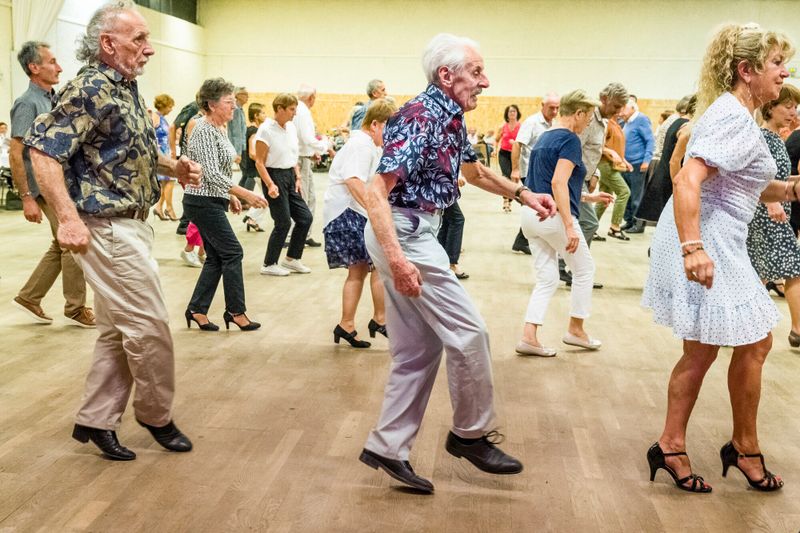 Un Accompagnement Numerique Pour Vos Thes Dansants Guide Complet
May 02, 2025
Un Accompagnement Numerique Pour Vos Thes Dansants Guide Complet
May 02, 2025 -
 Fortnites New Item Shop Why Fans Are Unhappy
May 02, 2025
Fortnites New Item Shop Why Fans Are Unhappy
May 02, 2025 -
 Mini Camera Chaveiro Seguranca Discreta Em Suas Maos
May 02, 2025
Mini Camera Chaveiro Seguranca Discreta Em Suas Maos
May 02, 2025 -
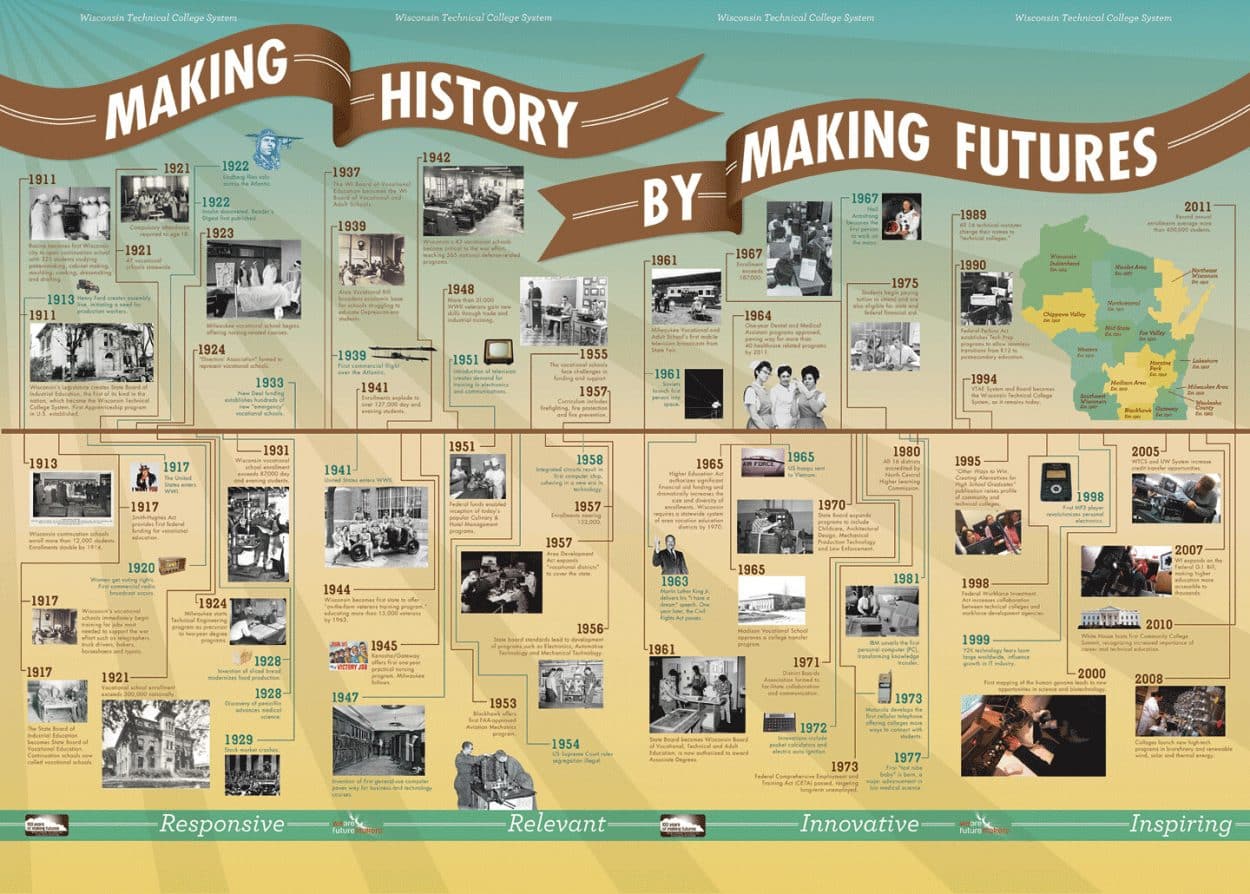 This Countrys Rich History A Timeline Of Events
May 02, 2025
This Countrys Rich History A Timeline Of Events
May 02, 2025 -
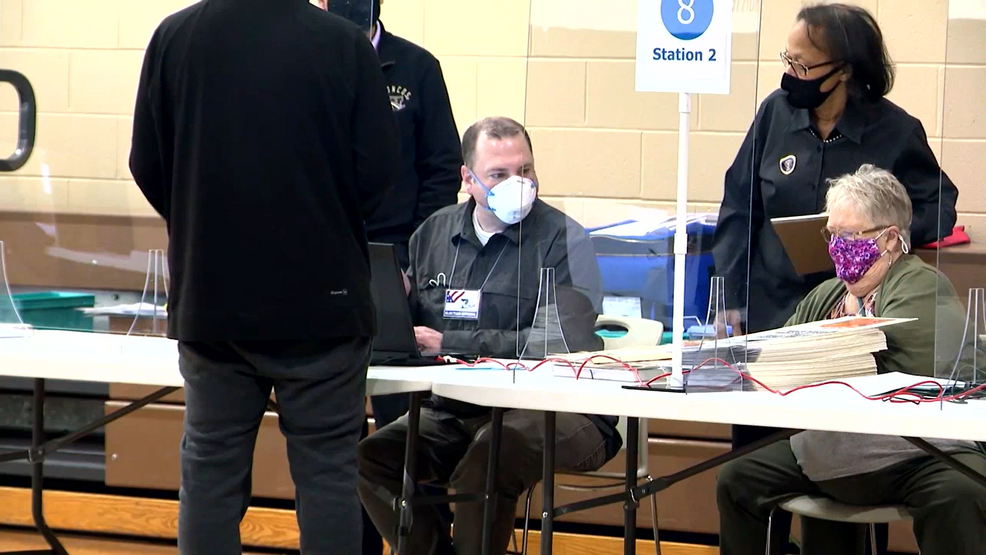 Nebraska Voter Id Campaign Wins National Clearinghouse Award
May 02, 2025
Nebraska Voter Id Campaign Wins National Clearinghouse Award
May 02, 2025
Latest Posts
-
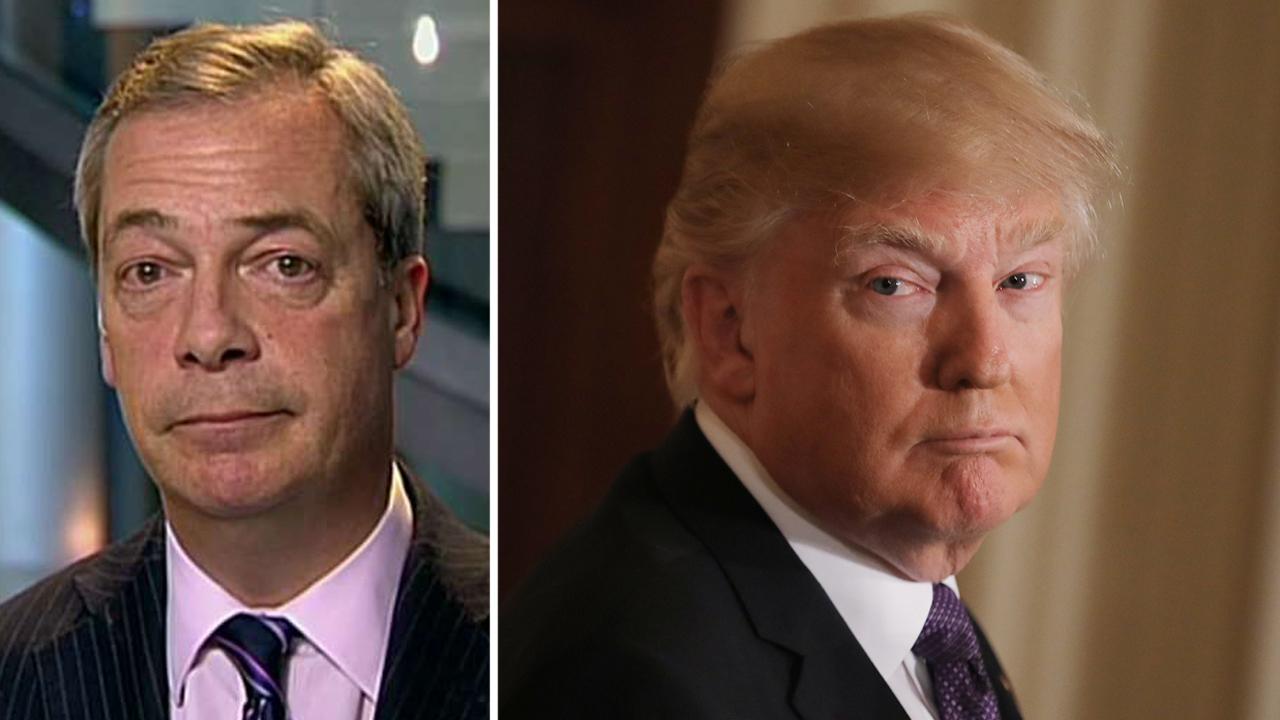 Controversy Erupts Farages Views On Zelenskyy Condemned
May 03, 2025
Controversy Erupts Farages Views On Zelenskyy Condemned
May 03, 2025 -
 1 50
May 03, 2025
1 50
May 03, 2025 -
 Enjoy Up To 100 Rebate On Shell Recharge Hpc Ev Chargers This Raya East Coast
May 03, 2025
Enjoy Up To 100 Rebate On Shell Recharge Hpc Ev Chargers This Raya East Coast
May 03, 2025 -
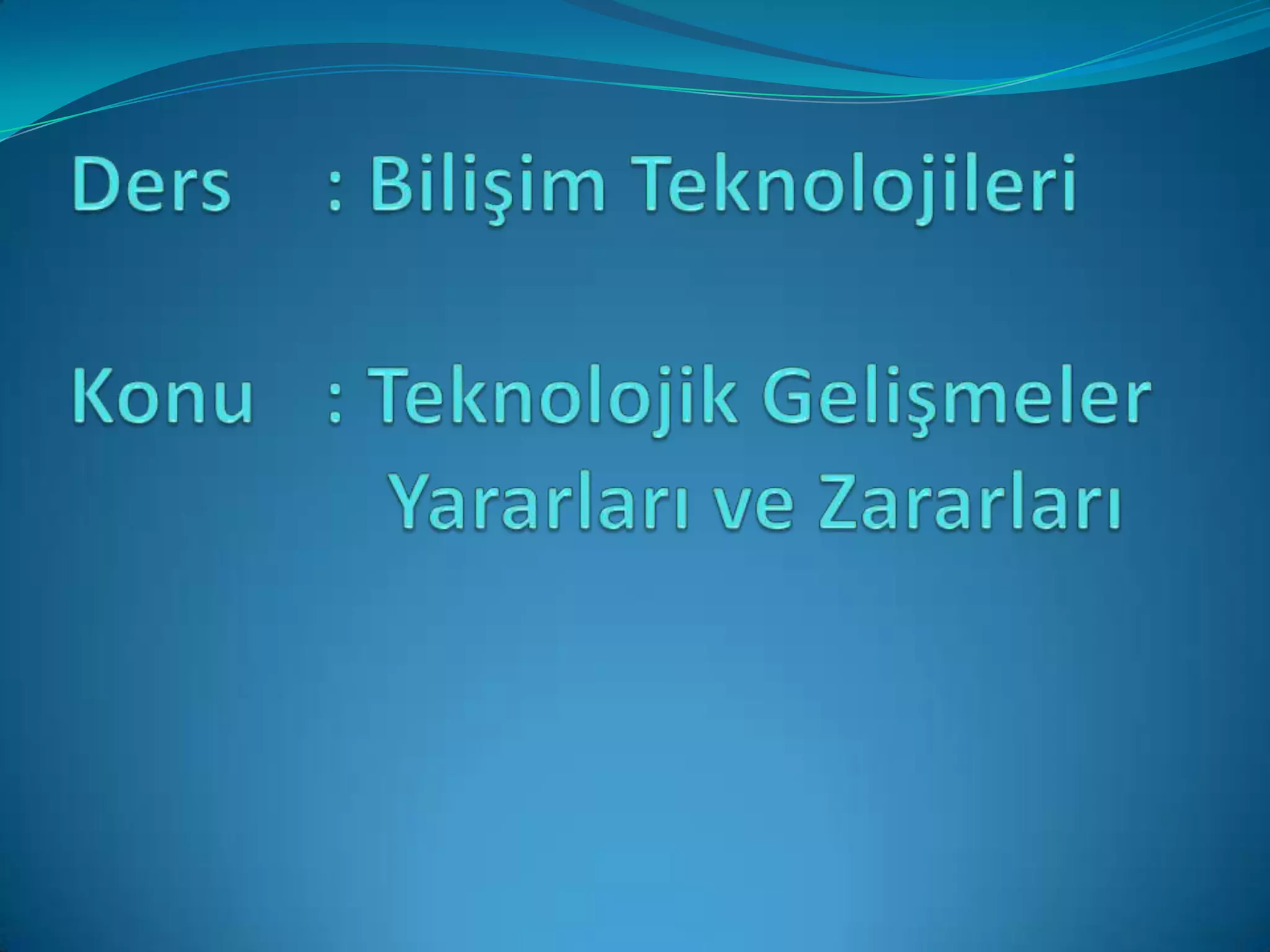 Kivinin Kabugunu Yemek Yararlari Zararlari Ve Guevenli Tueketim
May 03, 2025
Kivinin Kabugunu Yemek Yararlari Zararlari Ve Guevenli Tueketim
May 03, 2025 -
 1 T
May 03, 2025
1 T
May 03, 2025
